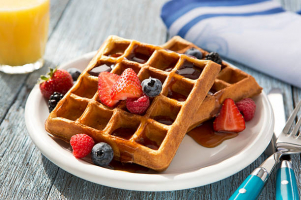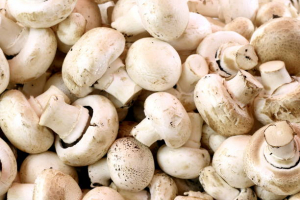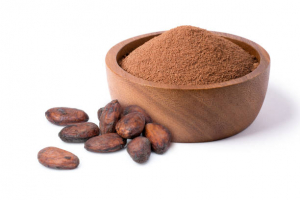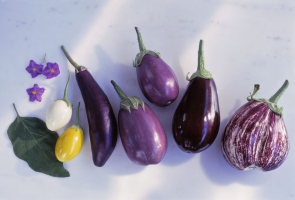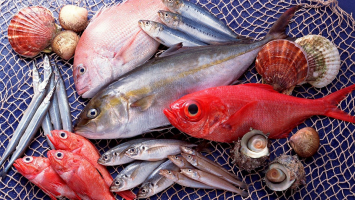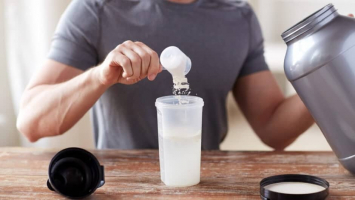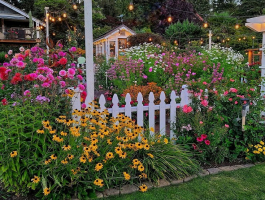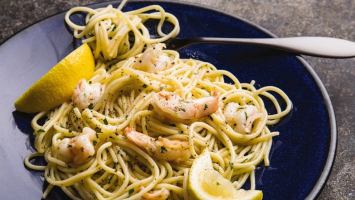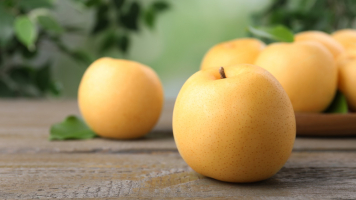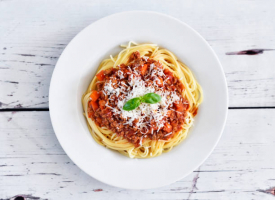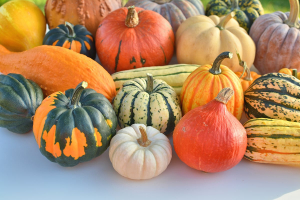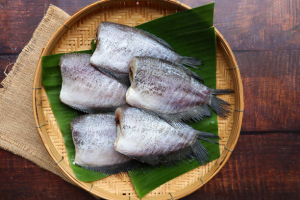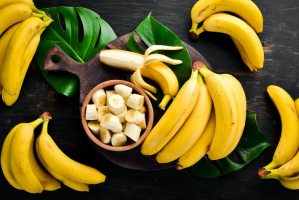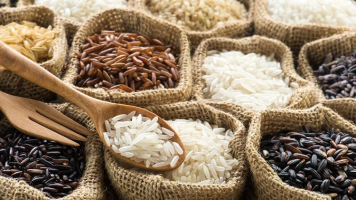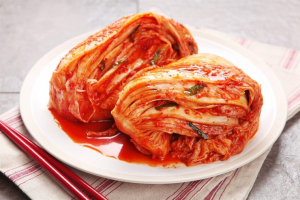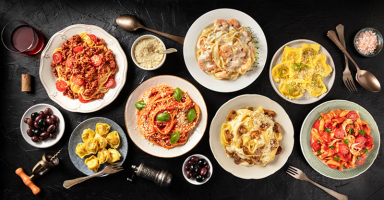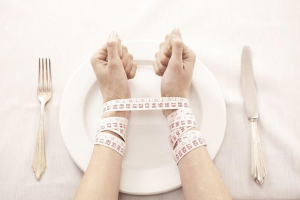Top 10 Best Types Of Bananas
Bananas were initially grown in Indonesia and Malaysia in Southeast Asia, but ancient figures like Alexander the Great wrote about them as far east as India. ... read more...Around the turn of the nineteenth century, bananas entered American cuisine. Prebiotic fiber, potassium, and carbs are abundant in bananas. The sort of banana will determine its specific taste and texture. Here are some of the most common banana varieties and some suggested uses for each.
-
In American supermarkets, Cavendish bananas are the norm. The Cavendish has a long-form and can range from a young, brilliant green color to a mature, dark yellow color with brown patches. The precise acceptable hue of the Cavendish. If you buy a Cavendish banana that is not quite ripe, you may keep it in a zipped bag. The banana produces ethylene gas as it ripens. On the other hand, hanging your fruit from a hook in the kitchen is preferable if you want to reduce the generation of ethylene gas. By allowing more air to flow between the bananas when it is hung, the fruit is exposed to less ethylene gas as it ripens.
The Cavendish is suitable for practically any application where a banana would be appropriate because of its mellow, subtle flavor. To add more fiber to your smoothie, freeze banana slices in your freezer. Alternately, eat the Cavendish while carrying your preferred peanut butter.
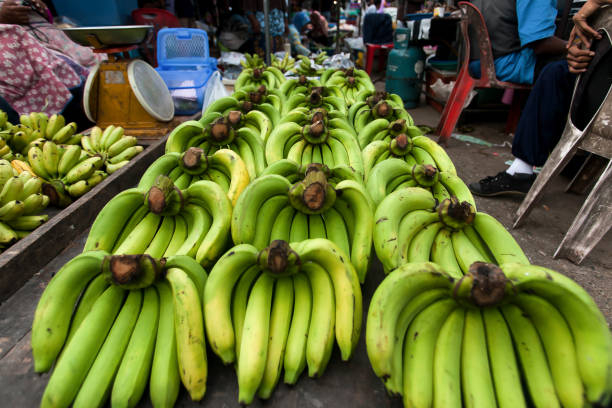
Cavendish bananas 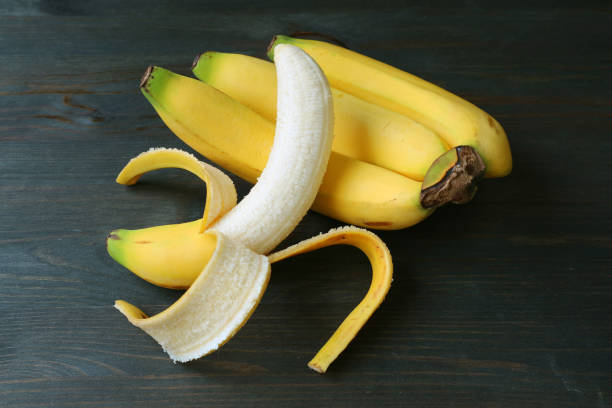
Cavendish bananas -
Compared to the Cavendish, the apple banana is significantly more compact and smaller. Because of its sweetness and underlying tang that makes it taste somewhat like an apple, the apple banana is often referred to as the "sugar apple banana". The apple banana tends to sell in bunches of up to ten bananas and has firmer flesh than a Cavendish.
Apple bananas are excellent for fruit salads and general snacking because their flesh doesn't quickly turn brown after being peeled. The apple banana is a favorite among children and lunchboxes across America due to its portability and size when compared to the Cavendish. Apple bananas are available in your neighborhood Asian market or at your typical grocery store.
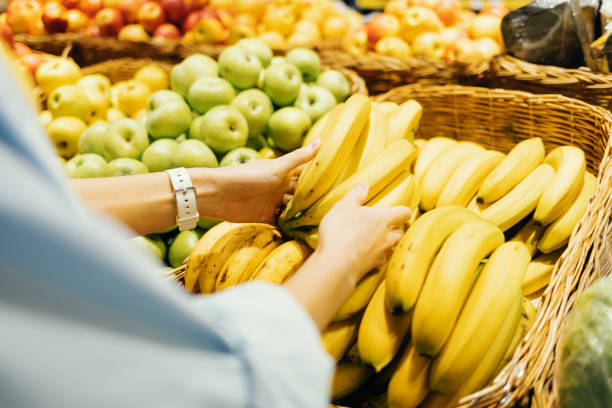
Apple bananas 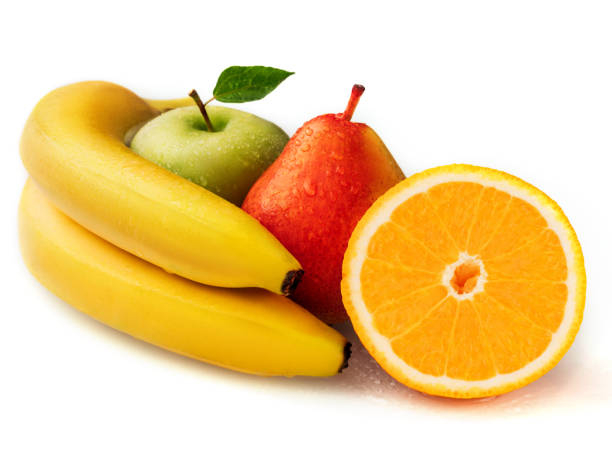
Apple bananas -
The term "Lady Finger" banana comes from the fruit's delicate look. These bananas have a flavor that is comparable to that of a regular Cavendish, however, they come in a smaller container. The typical Lady Finger banana is only 3 to 5 inches long and has a honey-sweet flavor. The Lady Finger banana, due to its little size, can also be referred to as the "baby banana".
No of their size, bananas go well with chocolate or peanut butter due to their sweet flavor. Despite being quite sweet, the Lady Finger is low on the glycemic index. This implies that if you want a sweeter flavor without a blood sugar rise, you may swap the Lady Finger for the Cavendish in your favorite baking recipe. If you want to provide your child with a healthy serving of fruit and their preferred dip, send a Lady Finger banana to school.
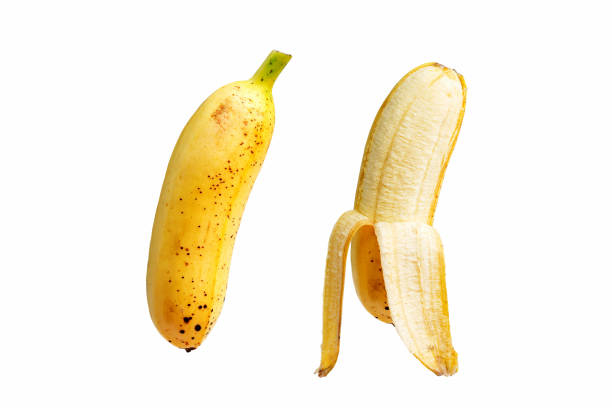
Lady Fingers bananas 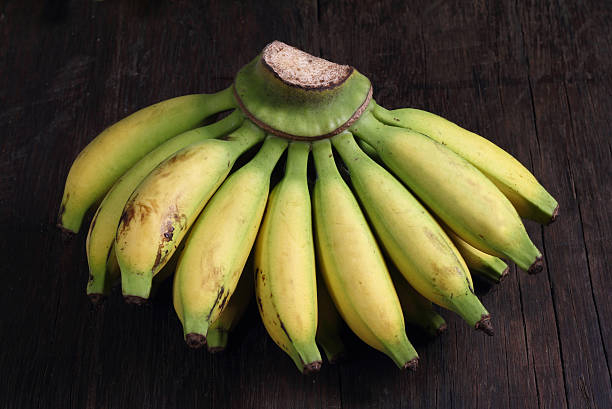
Lady Fingers bananas -
A fitting moniker for the fruit's hue is "red bananas". Although the term "red banana" refers to a variety of cultivars, all of the fruit's peels have a similar shade of red. According to Healthline, most red bananas have been described as having "a tinge of raspberry sweetness" in addition to their starchiness.
Both beta carotene and lutein, two precursors of vitamin A that can aid enhance eye health, are responsible for the banana's red hue. Additionally, red bananas have more antioxidants than Cavendish bananas, which may lower your chances of developing cancer, heart disease, and other chronic illnesses. You should seek out red bananas for their distinctive flavor in addition to their nutritional advantages. To guarantee ripeness, you ought to wait until the bananas are tender to the touch. Slices of red banana can be included in breakfast parfaits with berries and granola or banana bread.
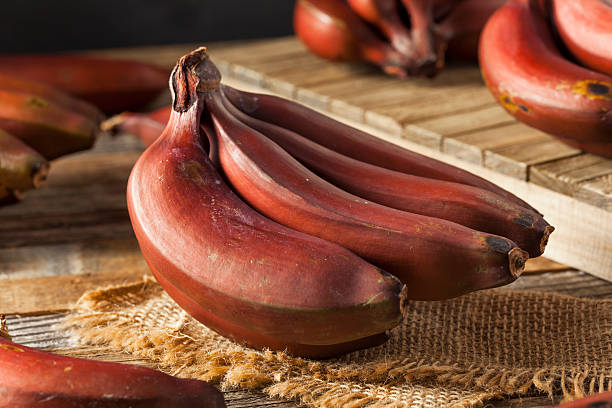
Red bananas 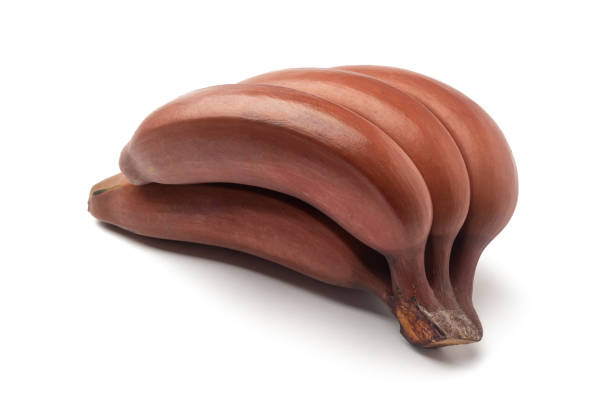
Red bananas -
The starchy banana known as the Pisang Raja often referred to as the Musa Belle, is popular in Indonesia. According to These bananas have a yellow-to-orange color spectrum and are substantially bigger than typical Cavendish bananas. Due to the size of these bananas, they are typically consumed on plates rather than by one individual. The Pisang Raja is used to make Pisang Goreng, or Indonesian fried bananas, which are popular in Indonesia and Malaysia. Bananas are covered in a batter prepared from rice flour, sugar, water, leavening agents, and turmeric.
Bananas are cooked when they are ready, and after a brief period of frying, they are served hot. For Pisang Goreng, different varieties of bananas and plantains can be used, but the Pisang Raja is popular because of its size and bland flavor. To ensure a nice flavor and frying experience while making this dish at home, use Pisang Rajas that are mature (dark yellow with brown spots).
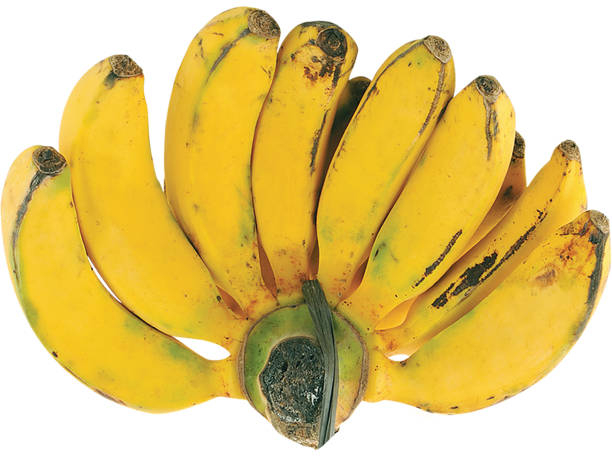
Pisang Raja 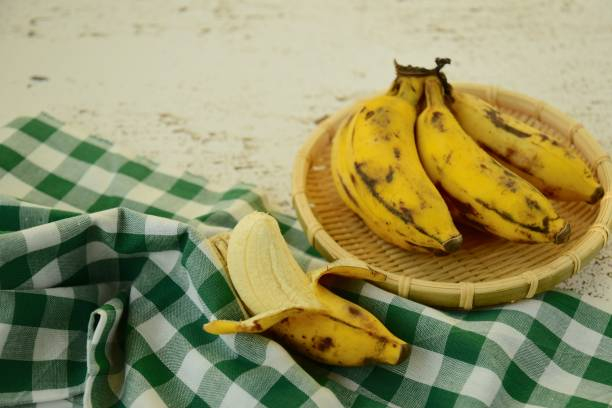
Pisang Raja -
Fruit that appears blue is typically a negative indication. although not while discussing Blue Java bananas. The "ice cream banana" is another name for blue Java bananas. The Blue Java cultivar is distinguished from other bananas by its distinctive blue color. As the fruit ripens, underripe Blue Java bananas lose their blue color. Open the banana to reveal a custard-flavored fruit with tiny black seeds to continue the wonder of these bananas. Comparing Blue Java to a classic Cavendish, it appears a tad heftier.
In its endemic regions of Southeast Asia, the Blue Java banana is a well-liked eating and dessert banana due to its sweetness and vanilla flavor. If you're fortunate enough to come across one of these bananas in a market or grocery store, try mixing the flesh with your preferred nuts, candies, or fruit toppings to make one-ingredient ice cream.
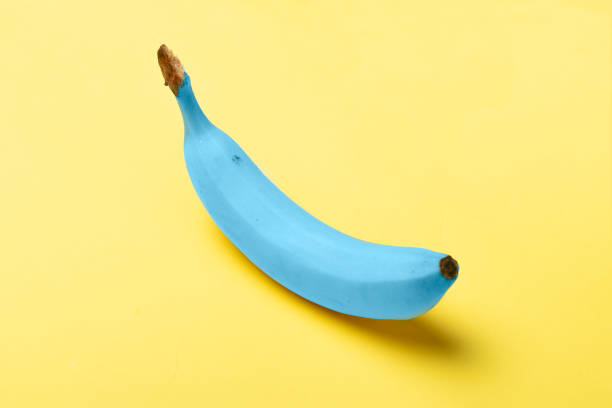
Blue Java bananas 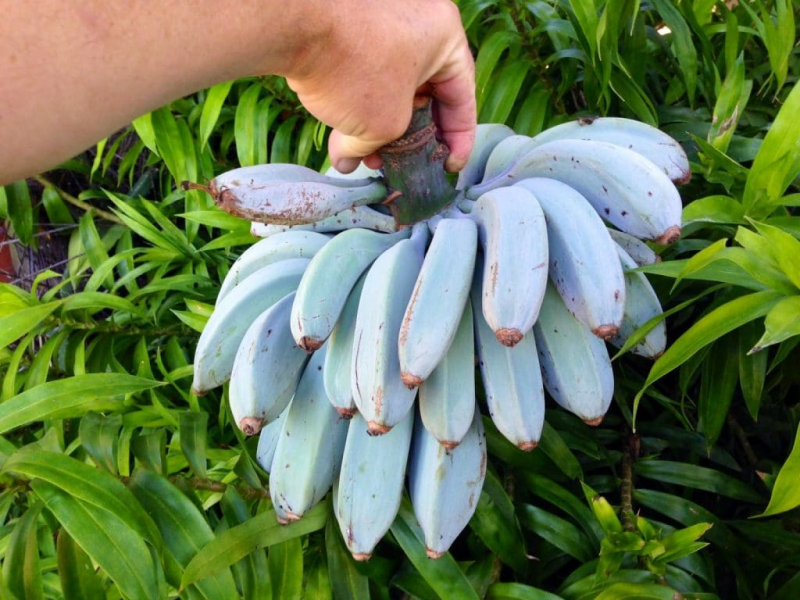
Blue Java bananas -
The burro banana is distinguished by its rectangular form and dark green peels. The flesh of the banana is white or yellow with hints of lemon as it is peeled back. The typical burro banana is 6 inches long and can be eaten raw or fried.
Burro bananas often referred to as "chunky bananas", "horse bananas", or "Orinoco bananas", can be prepared in a variety of ways, such as baked burro bananas with butter, brown sugar, and spices. The burro banana is native to the country of Mexico, according to Mexico in My Kitchen, and is used in a number of Mexican dishes. The banana can be roasted in a pan with the peel on until the banana's sugar begins to leak out of the peel. A fast, sweet, and easy dessert alternative, the banana is then smothered with milk, sugar, and savory spices.
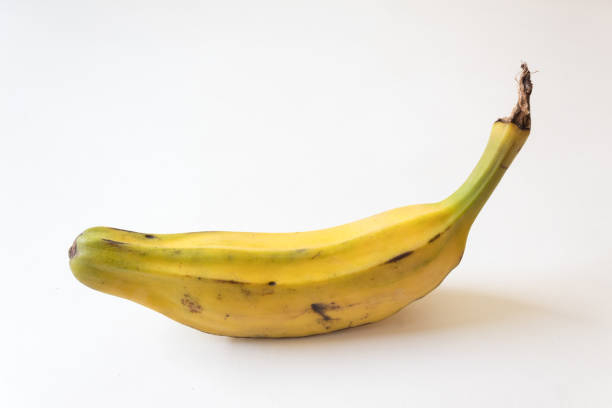
Burro bananas 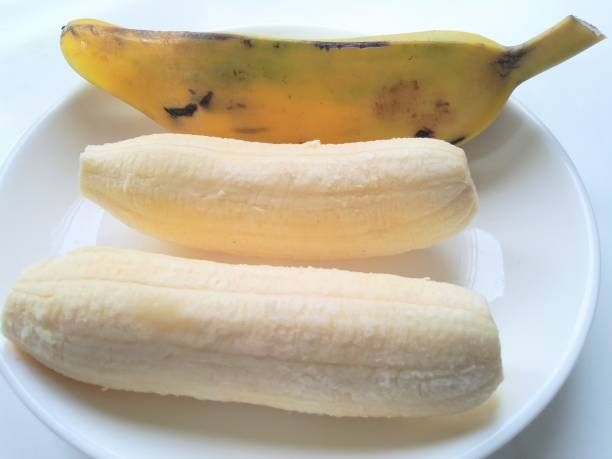
Burro bananas -
The Pisang Berangan is a Malaysian banana that may reach a length of between 10 and 16 cm. When the Pisang Berangan is ripe, which is denoted by a dark yellow or light orange color with tiny black dots, it is at its finest. Due to its moderate taste and little acidity, Malaysians frequently offer the semi-sweet banana as a dessert cultivar. Although the Pisang Berangan is typically only eaten out of hand in Malaysia as a snack or dessert, its texture and flavor make it a good candidate for baking and cooking.
The Pisang Berangan tastes the finest when combined with tropical fruits like mango and pineapple, pistachios, or pecans. You may slice the Pisang Berangan fruit and incorporate it into a banana cheesecake or caramelize it with butter for a twist on bananas foster. Try banana lumpia, a dessert from the Philippines created by slicing ripe bananas, covering the fruit in brown sugar, and wrapping the fruit in egg-roll sheets, if you're searching for a unique treat to present at your next event. After being cooked, the rolls are then garnished with an indulgent dusting of powdered sugar.
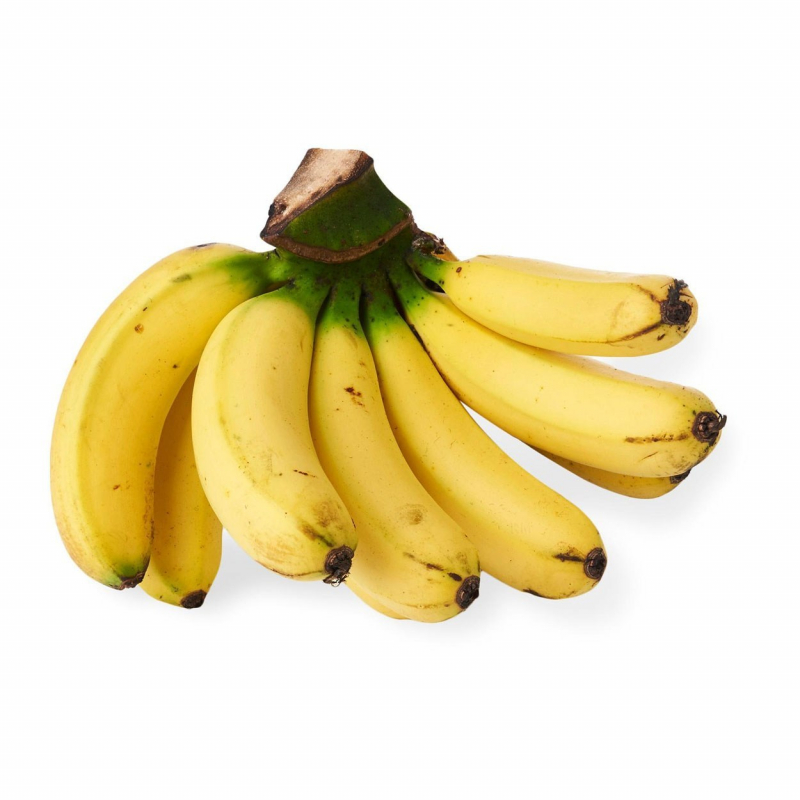
Pisang Berangans 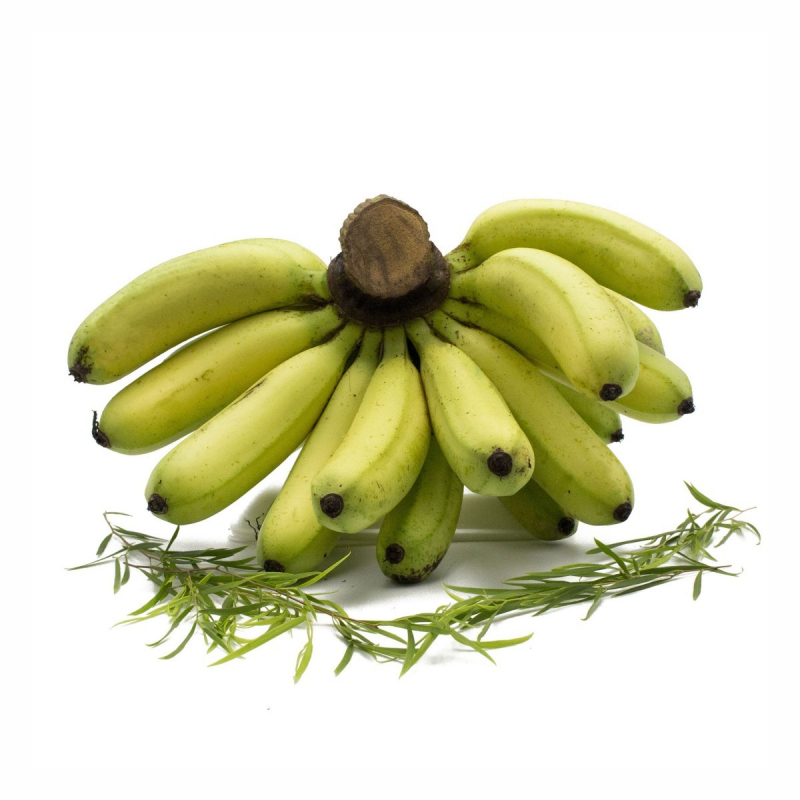
Pisang Berangans -
Tahiti frequently cultivates the Fe'i banana type for use in building and as a significant food source. The plant's sap may be utilized as a textile dye, while the leaves can be used to make plates and roofing material. The Fe'i has a rich amber hue, in contrast to the yellow Cavendish variety, and has noticeable ridges running down the outside of the fruit. Depending on how ripe the fruit is, the inside of the banana can range from yellow to dark.
The dark form of the Fe'i banana has 200 times more carotenoids than the Cavendish banana, according to the Food and Agriculture Organization. The Fe'i works best when it's being cooked, grilled, or roasted. The Fe'i contains some of the sweetness of a typical Cavendish banana and the starchiness of a plantain. The Fe'i is often served as a side dish to meat and fish because it keeps its form when cooking.
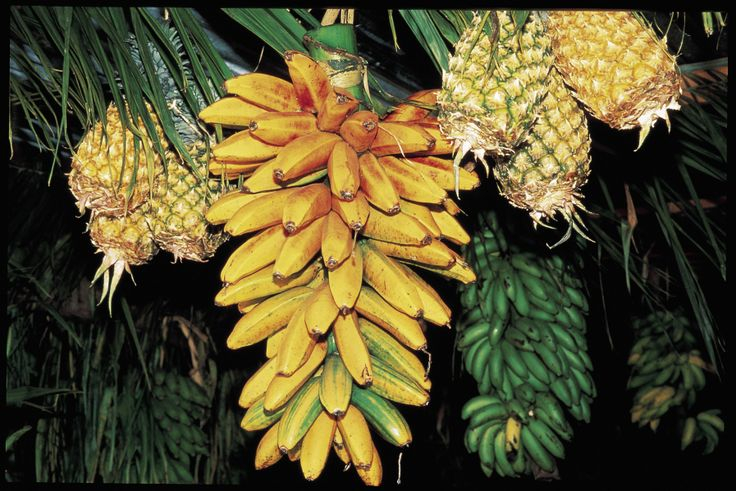
Fe'i bananas 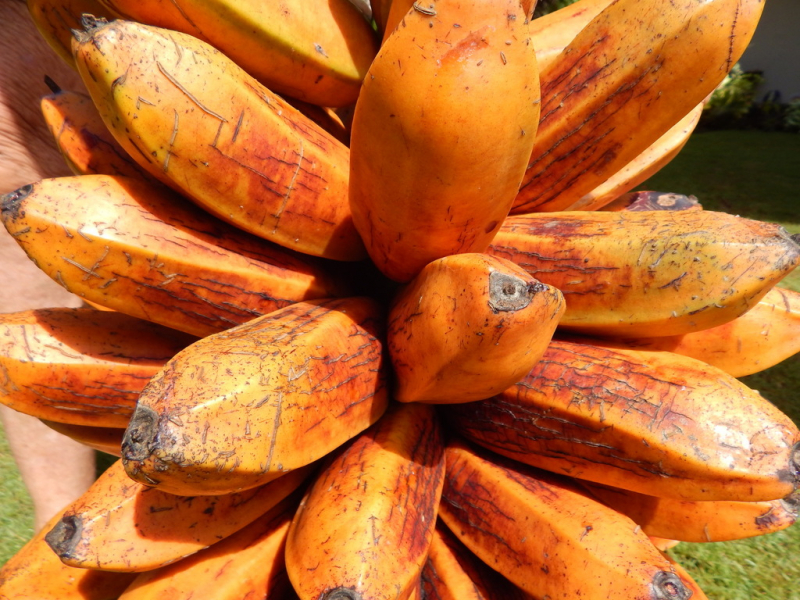
Fe'i bananas -
Nam Wah (Thai) bananas develop in pairs along the middle stem of the tree. The fruits are between 10 and 13 cm long, roughly the size of the Cavendish. The Thai banana goes from green to yellow to midnight black as it ripens. Underripe Nam Wah bananas have a more acidic flavor than ripe bananas, which have a sweet, creamy taste. The peels of the Thai banana are cooked and used to produce a tasty, nourishing tea in Vietnam, while the stems are frequently given to animals.
Although the Thai banana can be eaten raw, it is most frequently utilized in cooking. Vietnamese cuisine known as chuoi chien is made with mashed, cooked Thai bananas. The mashed bananas are fried in a batter comprised of rice and all-purpose flour to create these street cuisine fried bananas. Additionally, the bananas can be cooked, sliced into pieces, and used for puddings and creams.
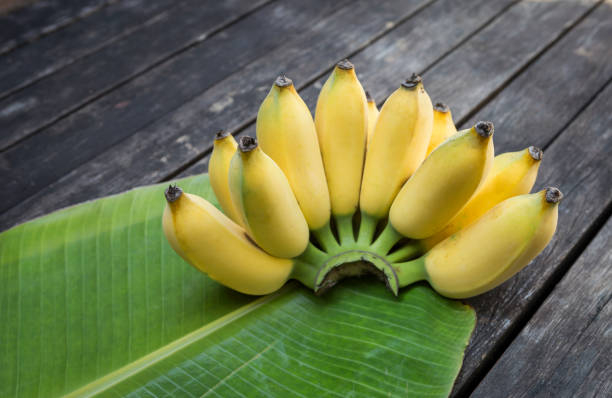
Thai bananas 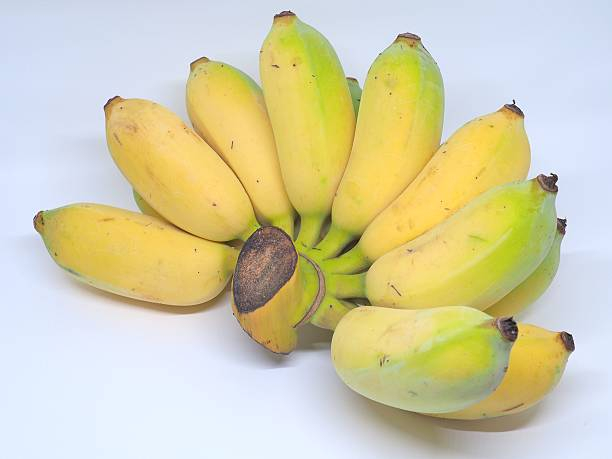
Thai bananas












